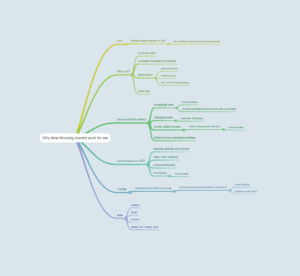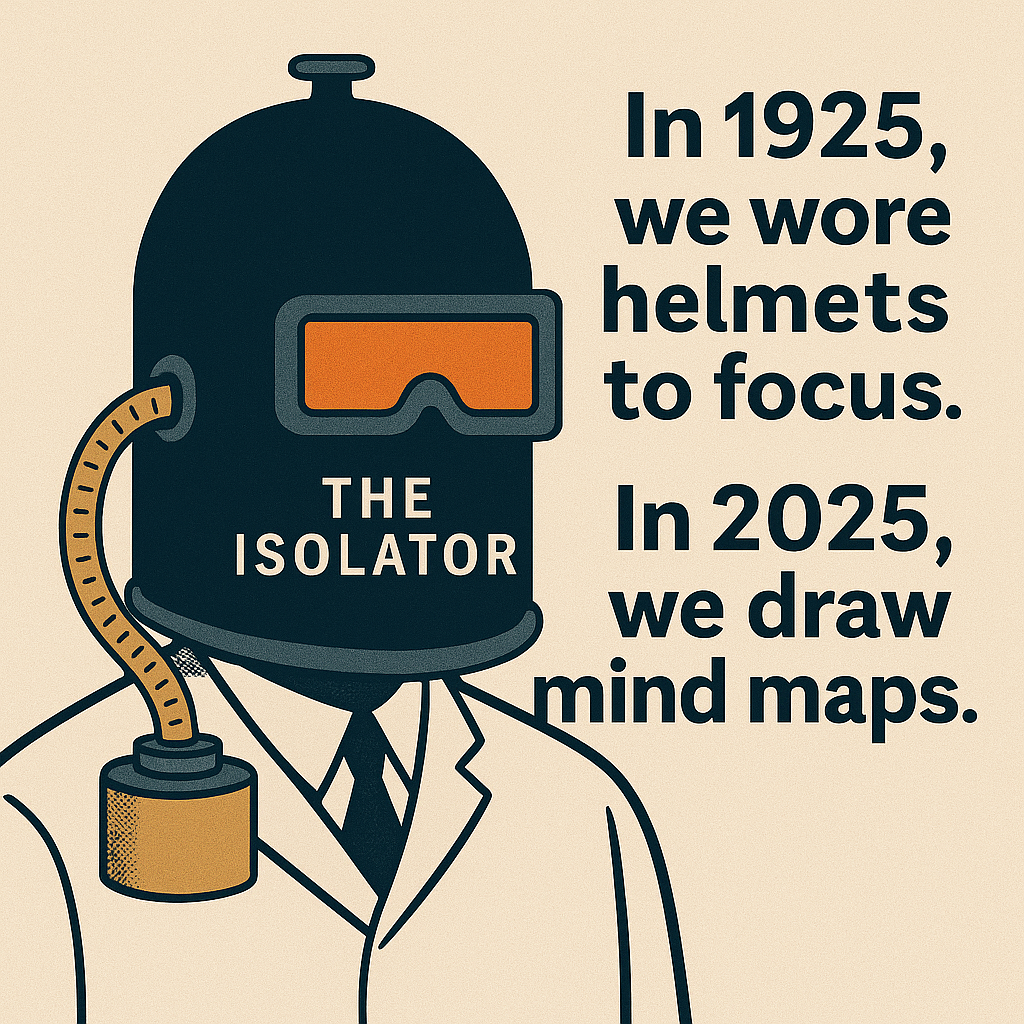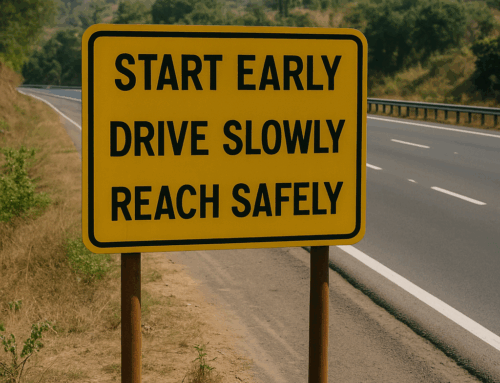“Perhaps the most difficult thing that a human being is called upon to face is long, concentrated thinking.” – Hugo Gernsback, inventor and science fiction pioneer, writing in the 1920s
…And that hasn’t changed.
Whether you’re a software developer designing a complex system, a UX designer crafting a seamless experience, an artist conceptualizing your next piece, or a blogger crafting this post (me 😊) — focused thinking remains the backbone of meaningful work.
To protect that focus, Gernsback invented The Isolator in 1925 — a strange helmet that blocked sound, light, and even oxygen to help the wearer concentrate. Fascinating? Yes. Practical? Not quite.
But do we have something better today? Fortunately, yes. Especially when you’re trying to break down a complex project, plan meaningful actions, and bring your full focus to the task at hand — there’s a tool that rises to the occasion.
That tool is the Mind Map — practical, visual, and surprisingly powerful.
Popularized by Tony Buzan, the Mind Map was designed to tap into memory, creativity, and understanding. But one thing it definitely delivers is focus. Its true usefulness lies in the mindfulness required to create it. You can’t Mind Map on autopilot. It compels you to slow down, make connections, and visualize the bigger picture — making it a surprisingly effective way to brainstorm and shape a clear, actionable plan for your projects.
It’s like a thought processor — taking in your jumbled ideas and outputting a structured, prioritized list of actionable tasks.
🛠️ How Mind Maps Help
👉 Deconstruct complex projects into manageable parts
👉 Clarify each step on the path to achieving your goals — main or minor
👉 Channel your full attention where and when it matters most
👉 Generate a focused to-do list with clearly defined, actionable tasks
And when it comes to action planning, the Mind Map naturally encourages what Nobel laureate Daniel Kahneman called slow thinking — the deliberate, focused, and reflective kind of thought that leads to better decisions and clearer outcomes.
A little while back, I was reinvited to a podcast by Prina Shah on the topic of why the time-blocking method doesn’t work for many people. I had to create content for my talk — and what else would I do but start with a mind map? As the mind map evolved, so did my content. It became richer, more structured, and clearer. In the end, I delivered the episode with confidence — thanks to the clarity the mind mapping process brought me. This is how the mind map looked like:

In a world that demands speed, mind mapping invites you to pause — not to delay, but to think clearly before you move. And sometimes, that’s all the difference between scatter and strategy.
Try it for your next project — especially one of those tough nuts you’ve been avoiding. See what happens when you give your brain the structure it craves.
Feel butterflies in your stomach — think mind map! Coincidentally, my favorite mind map App uses a butterfly icon, as if it knows the real punch a mind map packs.
Subscribe to my newsletter, to get tips like this and more, directly in your inbox!
(Originally published in Times of India on May 24, 2025)






